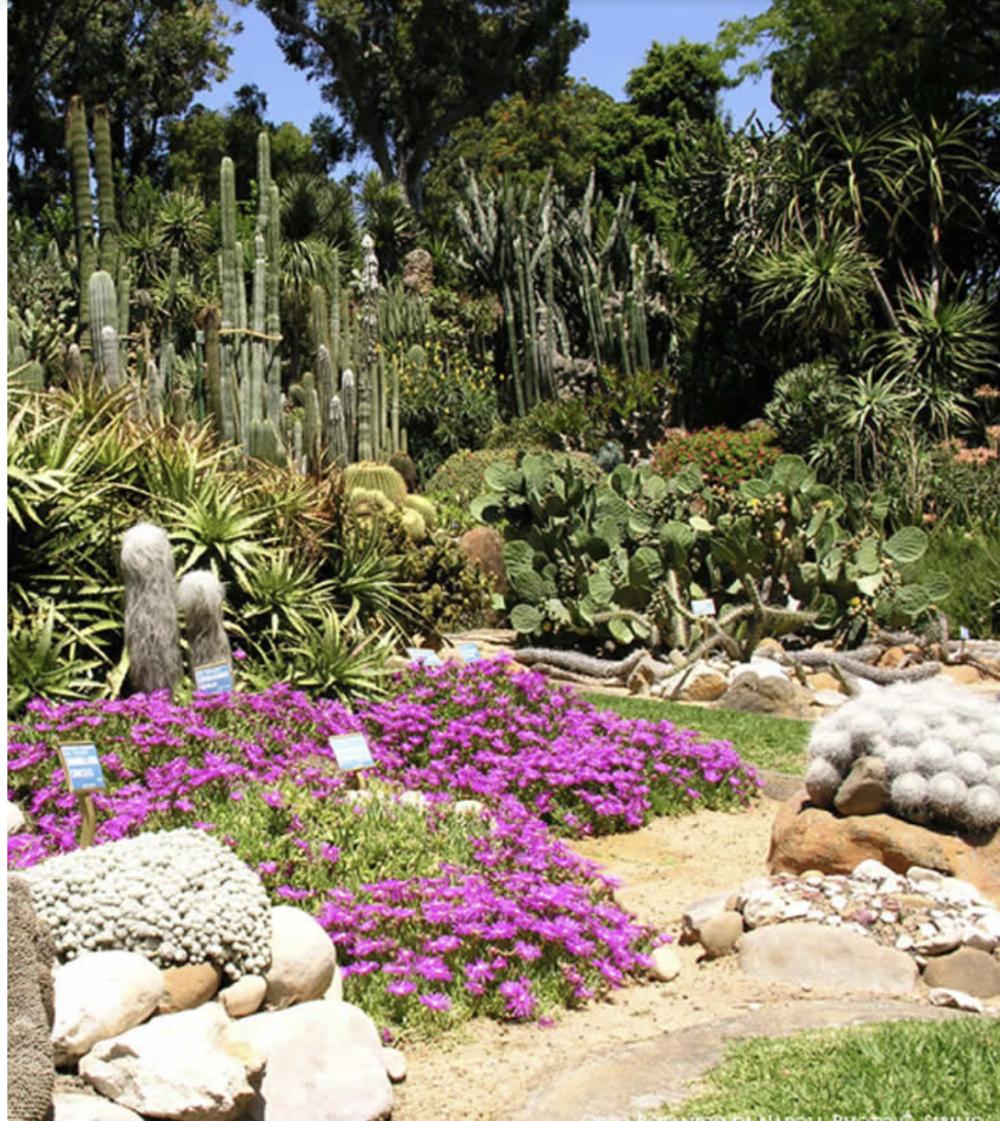L′orto Botanico di Napoli è uno dei più vasti e ricchi di Italia. Fanno parte del suo esteso patrimonio non solo migliaia di specie erbacee, arboree e arbustive, provenienti da ogni parte del mondo, ma anche esemplari di quasi tutti i fiori esistenti. Inoltre serre a diverse temperature, calde, fredde e temperate, consentono la coltivazione di piante di ogni latitudine. Passeggiando si resta affascinati da molte collezioni importanti come quella delle piante succulente, o quella delle felci arboree, o ancora inebriati dall′odore dell′antica raccolta di agrumi. Una sezione del giardino è destinata alle piante che hanno un valore pratico, come quelle medicinali, tintorie e da essenza. L′orto Botanico di Napoli è organizzato per percorsi e giardini tematici: piante del deserto, velenose, da spiaggia, frutteti, agrumeti, mediterranee, piante citate nella Bibbia e così via. Ci sono anche campi sperimentali e un giardino tutto dedicato ai non vedenti. Nell′orto Botanico ci sono diverse strutture storiche, a cominciare dalla Serra Temperata, un′armonica costruzione restaurata di recente, con una lunga facciata dove le semicolonne doriche scanalate si alternano alle vaste aperture ad arco chiuse da vetrate. Vicino l′ingresso principale dell′orto si erge l′edificio dove risiede il dipartimento di Biologia vegetale della facoltà di Scienze matematiche, fisiche e naturali dell′Università di Napoli. Nella zona in cui l′orto confina con l′albergo dei Poveri, è situato il castello, così denominato per le due bellissime torri circolari che contraddistinguono la facciata. Questa struttura accoglie il Museo di Etno-botanica e Paleo-botanica che ripercorre l′origine dei gruppi di piante venute alla luce sulla terra nel corso delle varie epoche, offrendo così una completa visuale storica delle specie viventi.
The Botanical Garden of Naples is one of the largest and richest in Italy. Its extensive heritage includes not only thousands of herbaceous, tree and shrub species from all over the world, but also specimens of almost all existing flowers. In addition, greenhouses at different temperatures, hot, cold and temperate, allow the cultivation of plants of any latitude. Walking one is fascinated by many important collections such as that of succulent plants, or that of tree ferns, or even inebriated by the smell of the ancient citrus harvest. A section of the garden is intended for plants that have a practical value, such as medicinal, dyeing and essence plants. The Botanical Garden of Naples is organized by thematic paths and gardens: desert, poisonous, beach plants, orchards, citrus groves, Mediterranean plants, plants mentioned in the Bible and so on. There are also experimental fields and a garden entirely dedicated to the blind. In the botanical garden there are several historical structures, starting with the Temperate Greenhouse, a recently restored harmonious construction, with a long facade where the fluted Doric half-columns alternate with the vast arched openings closed by windows. Near the main entrance of the garden stands the building where the Plant Biology department of the Faculty of Mathematical, Physical and Natural Sciences of the University of Naples resides. In the area where the garden borders the Albergo dei Poveri, there is the castle, so named for the two beautiful circular towers that distinguish the faade. This structure houses the Museum of Ethno-botany and Paleo-botany which traces the origin of the groups of plants that came to light on the earth during the various eras, thus offering a complete historical view of the living species.











